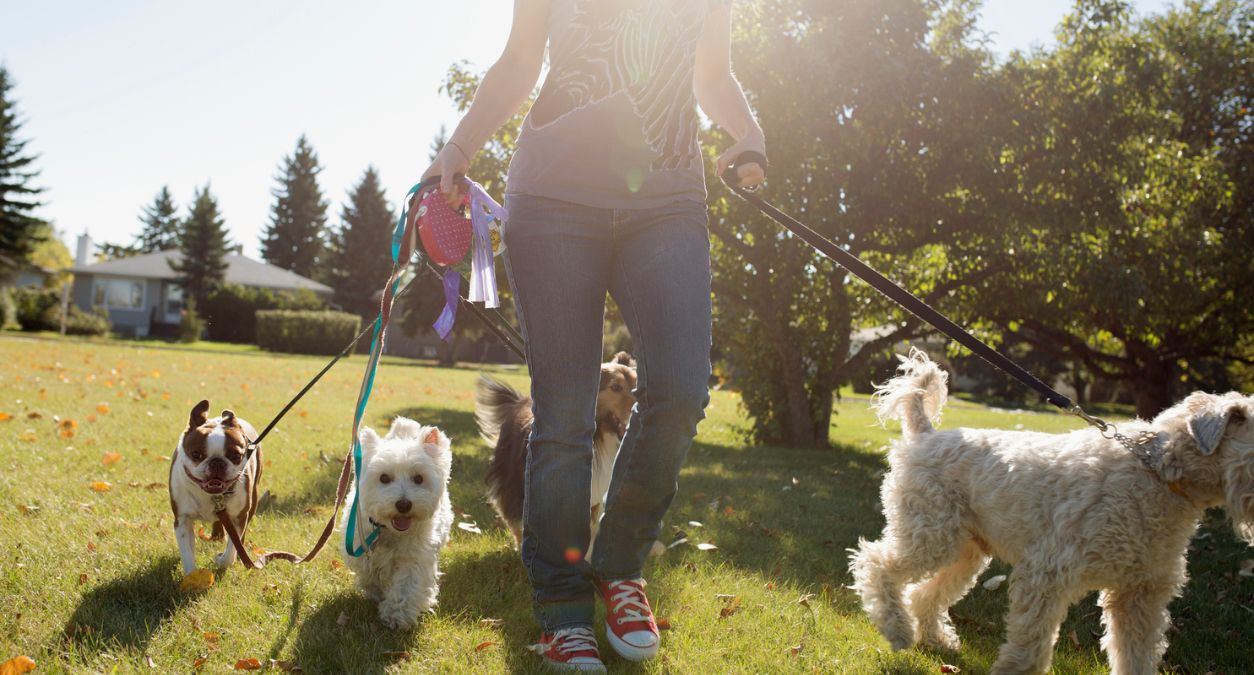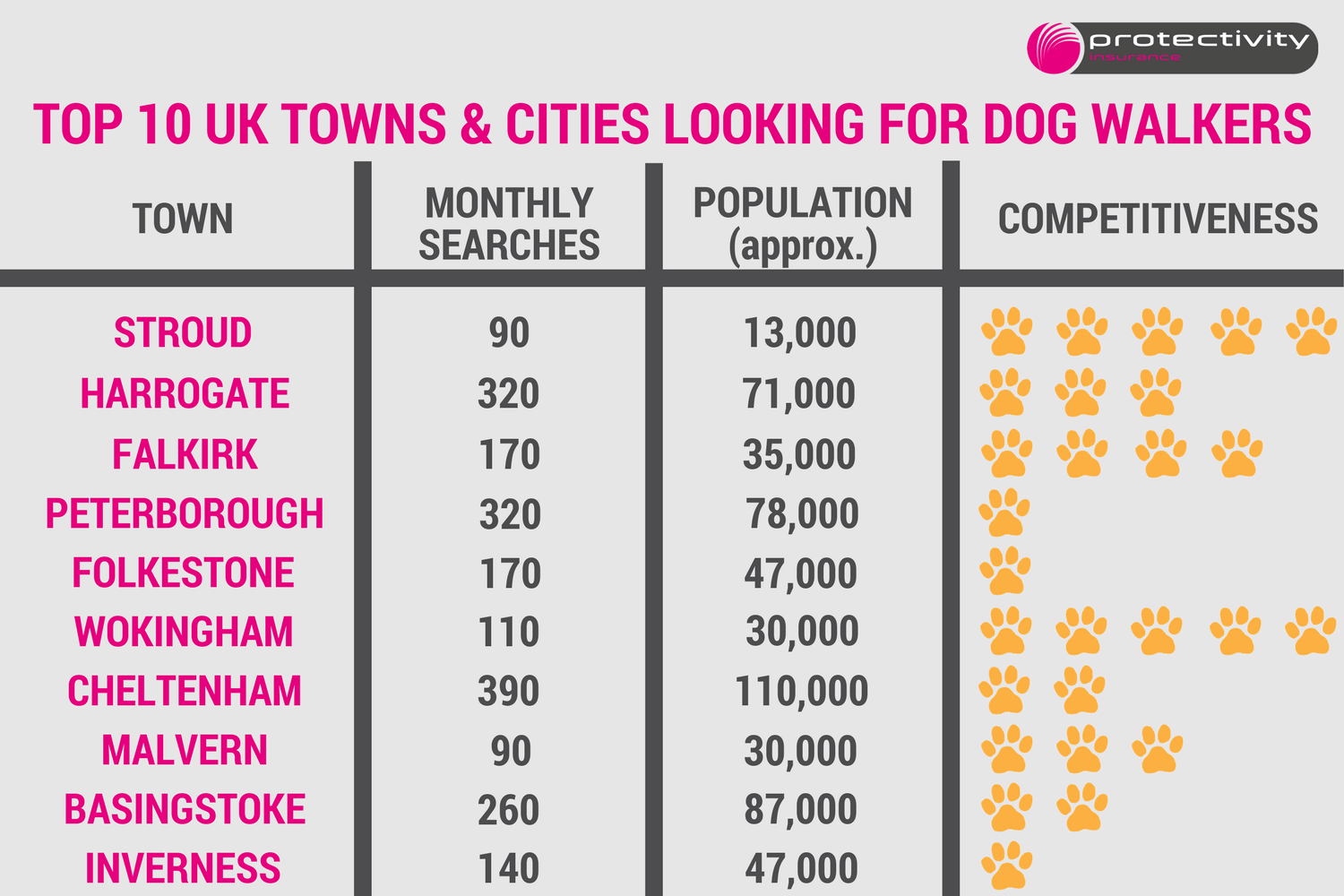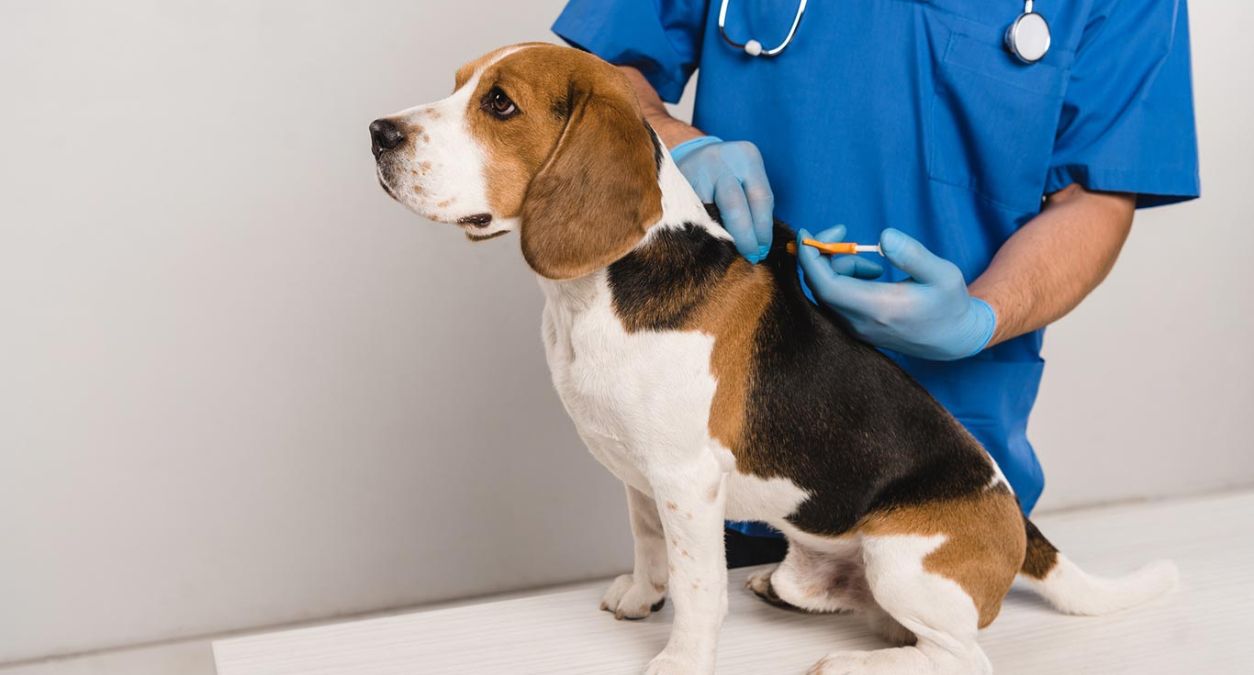Dog walking can make for a more than viable business – provided you have the time, inclination, and love of dogs, of course.
If you’re thinking about starting a dog walking business you might already have wondered about the need for any kind of certification, qualification, or licensing – none of which is strictly necessary, but all likely to prove more than useful, depending on your location and clients.
About Us
We’re one of the leading providers of insurance for pet businesses – including dog walking insurance and its related services. So, if you are walking dogs, pet sitting, grooming, boarding, or taxiing pets, rest confident in the reliable cover we provide against your public liabilities, care, custody and control safeguards, and protection of the equipment used in your pet-based business.
Your dog walking business – principles
Your dog walking business – licensing
Your dog walking business – insurance
*Disclaimer – This blog has been created as general information and should not be taken as advice. Make sure you have the correct level of insurance for your requirements and always review policy documentation. Information is factually accurate at the time of publishing but may have become out of date.
















